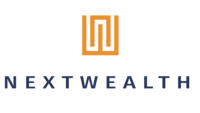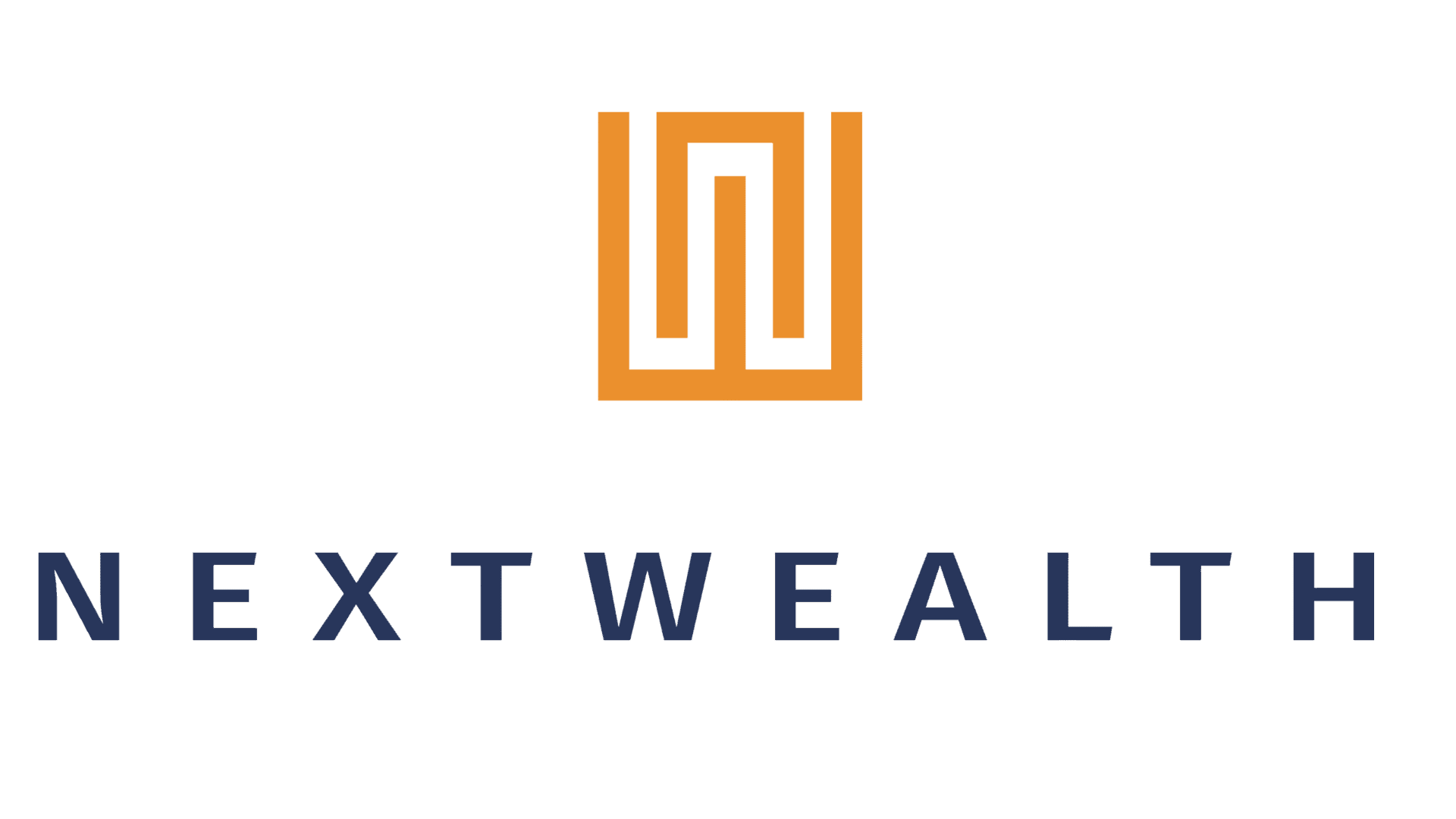NextWealth Newsletter: Platforms, PE and Wealth Management Trends
By Next Wealth | 10 March 2021 | 4 minute read
Another day, another private equity firm has snapped up a company in the retail investing industry. This week it was Parmenion… Who’s next? The gossip is almost good enough to tear us away from Piers, Oprah and the royals.
Private equity (PE) firms don’t buy stagnant businesses. And it is clear that they see opportunity in investment platforms. Private investment is very different from a provider buy-out. The funds eye businesses they believe are ripe for accelerated growth (and a jump in value). Providers tend to buy platforms to secure distribution.
Good PE owners empower leaders to act as entrepreneurs, and let them change and develop their businesses. We hope the PE owners will empower the platforms to evolve—and as the do, align with five trends we see on the horizon.
- Portfolio management will be better integrated into financial planning.
At the moment portfolio management sits alongside financial planning—the two aren’t integrated, and that’s bonkers. For retired clients, the withdrawal strategy should be embedded into portfolio management. Family offices have done this for years. Financial planning businesses try to do this but with a huge amount of manual work in the middle. What will change? We think DFMs will offer custody and platforms will offer portfolio management tools. Back office systems are already integrating portfolio management tools.
- There will be more platforms, at least platform skins
We’ve seen a proliferation of platform providers, particularly those offering white-labelled platforms, while at the same time PE firms have pounced on James Hay, Nucleus (via James Hay), Wealthtime, Novia and Parmenion. While the consolidation has in some cases resulted in consolidation of ownership, the platforms themselves have not been combined. The PE firms are buying mid-sized players to consolidate and scale the businesses—which is easier said than done (as anyone at Aegon or Standard Life can attest!). We will certainly continue to see a proliferation of platform offerings on the front end, ie, “platform skins”. Financial advice businesses will need to get smarter about their due diligence to ensure they understand the risks and responsibilities they are taking on.
- Race to zero for asset allocation
There has been a rapid rise of discretionary MPS in the past few years. As Jeff Bezos once quipped: “your margin is my opportunity”. While Amazon has not launched a DFM, margins are being squeezed to near zero for the DFM service fee. The operational capability that sits behind some DFMs is creaking. We’re already seeing lots of new entrants, including Nucleus with their data-lead IMX and Hymans Robertson’s tailored models. This neatly brings me to the next point…
- Hyper-segmentation, not hyper-personalisation
I spent part of my career in tech, working for a startup in online data analytics. Hyper-personalisation in marketing evolved to hyper-segmentation as the reality of the lack of personally-identifiable data became apparent. Hymans’ offering is what I would call hyper-segmentation. There is some degree of personalisation (to the firm) and a segmented approach to the end client. Technology makes this approach scalable—and we’ll see more of it.
- Rise of alternatives and illiquid assets
Finally, we will see a rise in use of alternatives and illiquid assets. As portfolio management becomes more sophisticated, advised clients will increasingly hold private assets and other alternatives. This will shake up the current platform market. Platforms are set up for daily dealing. They’ll need to become good (and cheap) at tracking stocks and shares and less liquid assets.
We wish the PE firms and the wealth management companies in their portfolios every success in growing their businesses. The amount of investment going into platforms is a testament to their attractiveness. Yet wise PE owners will want to stand aside and let the leaders of the wealth management firms get on with running the business, so that everyone—from investor to company to customer—wins.


